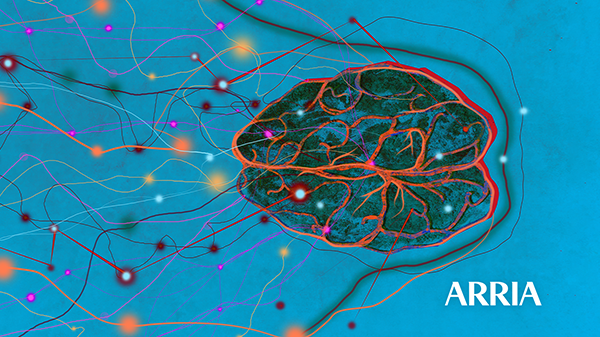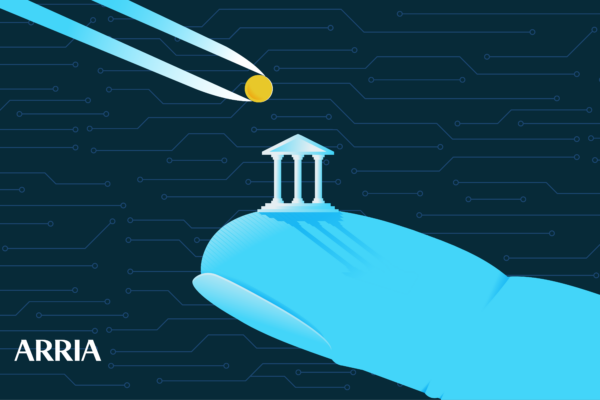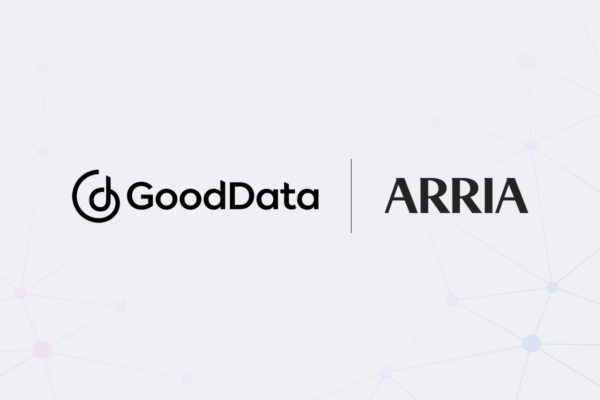
The world of the boardroom in the early 2000s was primarily manual and very paper-dependent. For many of my years in Finance at Diligent, that is how the board room functioned. Technology has moved fast in the last 25 years. Software as a Service (SaaS) has transformed how the boardroom functions. Before this transformation, admins supporting the board often worked around the clock preparing for a board meeting, standing by the copier at the last minute to get the final changes printed.
Putting that admin into a piece of software allowed people to edit, track edits, approve edits, and continue to finesse board materials in real-time up until the meeting. SaaS allowed us to centralize information for leadership, reduce stress, meet compliance regulations, and archive documents – it was transformative to how business functions.
The next step in technology-driven transformation
Artificial intelligence (AI) has been in existence since 1956, rapidly developing through the ’60s in large part due to the Dartmouth Summer Research Project. The power for machines to perform specific tasks freed humans from mundane work. A subset of AI, natural language generation (NLG) is the next step in artificial intelligence and its impact on business.
How NLG works
NLG takes structured data like a table, CSV, or a nested structure like a JSON file, and turns it into language you can understand. The primary impact on business is that massive data sets can be transformed into language anyone can understand, removing the need for expert analysts to explain the data’s meaning to non-experts. It works by using math to create more math, which is commonly known as analytics. The analytics results are then fed through language models (algorithms) that decide what words to use, what sentences to use, what phrases to use, and even how to orchestrate the information/data and organize it into a summary, key facts, and a conclusion. Arria NLG does computational linguistics – ensuring the proper use of nouns, verbs, adjectives, and punctuation – putting it together into a proper structure.
NLG is math – just like human communication
Our brains use math to create words. Humans learn language models from a very early age and do mathematical computations to select words. For instance, when a child says, “That’s a big hill,” they use mathematical computations to decide what measurement in their mind equals big. They are using math to choose words. Humans do this every day when selecting words to communicate.
For example, our Investment Analyst™ uses the power of NLG to describe the attribution of how a portfolio performs versus the benchmarks; it will tell you not only what happened, but why or how it happened. The human analyst then takes that information and decides what to do. The key decisions are made by humans, but NLG gives them the knowledge to decide what action will be taken.
When humans communicate, they are drawing on their knowledge bank to know what to say, when to say it, and to say it in a way that other humans understand. Underneath it all, it is all math, just as it is with NLG.
AI is not mysterious – it’s math
For artificial intelligence in any form to free humans from mundane work, it is crucial that humans trust AI because rather than taking from humanity, AI allows us to be more human. The goal of NLG is not to replace humans, it is to empower humans to act — to make decisions that impact their business.
The trust in AI comes from the ability to quickly explain to humans what is happening within their data. The data doesn’t lie. NLG explains the what and why of the data in a way humans can understand. AI gives humans confidence because it reveals unbiased facts: the what – the why. And now humans can decide what to do with the knowledge NLG provides.
NLG at work
Arria NLG is working with 4 of the top 5 pharma companies on the planet. AstraZeneca was one of our first clients in pharma. Like many companies, they initially implemented NLG in their finance departments because finance is the hub of business, reporting on performance. Digitizing that finance function is critical to understanding what parts of the business to focus on, how to drive more productivity and more revenue, and decrease cost.
AstraZeneca started with NLG on top of their MicroStrategy BI tools. Before NLG, their powerful visuals had to be interpreted; NLG augmented the visuals by explaining what was happening through NLG narrative explanations. This allowed all executives and leaders to understand what was happening in their business.
Thanks to the success of NLG, companies soon realize they need more insights into other departments – sales, logistics, marketing, etc. They apply NLG to other dashboards and data sights, giving them deeper insight across departments.
Robots will never take over
The doom and gloom sci-fi storylines that robots will become sentient and take over are simply not realistic. Since the dawn of time, there have been evolutions. Industrial. Digital. We are now seeing a human renaissance powered by AI. Covid catapulted us into the mindset of being human again. NLG takes the machine out of the human and frees the human to focus on more valuable work. Before AI, finance analysts had to live in Excel, acting as human calculators. They spent their time trying to understand the numbers; now they can get that understanding instantly and use that knowledge to help the business. NLG allows you to do more with the people that you have, allowing them to do more important, more human work.
Early adopters win
Who succeeds when new technology enters the marketplace? Early adopters. Early adopters are ready for technology to help them leapfrog the competition. They understand the value of AI and use it to make their business stronger. We are seeing it across the business spectrum: pharma, consumer package goods, marketing, sports analysis, BSFI, and myriad verticals. Those businesses that implement NLG — get to the meaning of their data faster — are winning the race.
Natural language generation is everywhere, and it is making the world a smarter place.



